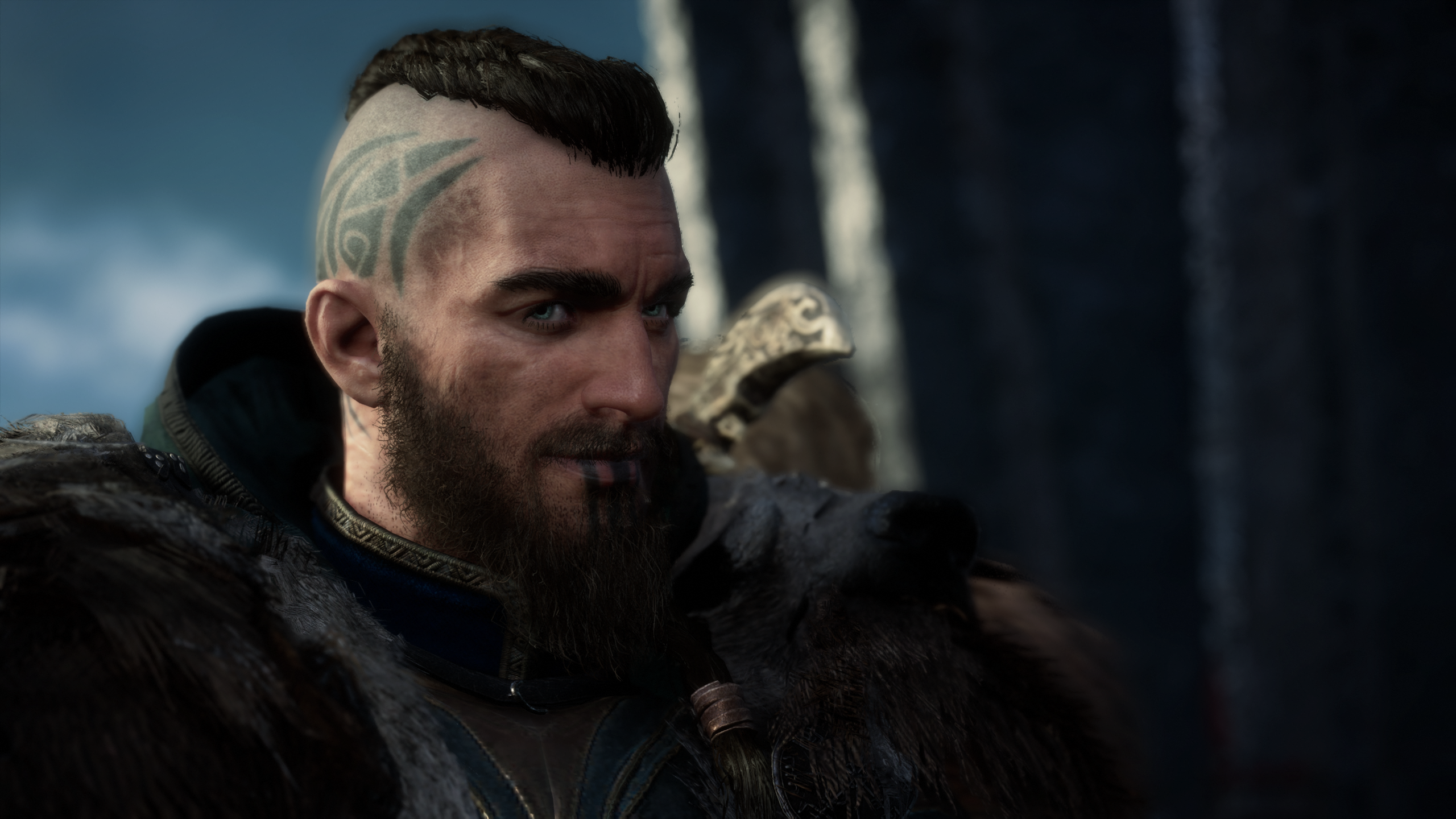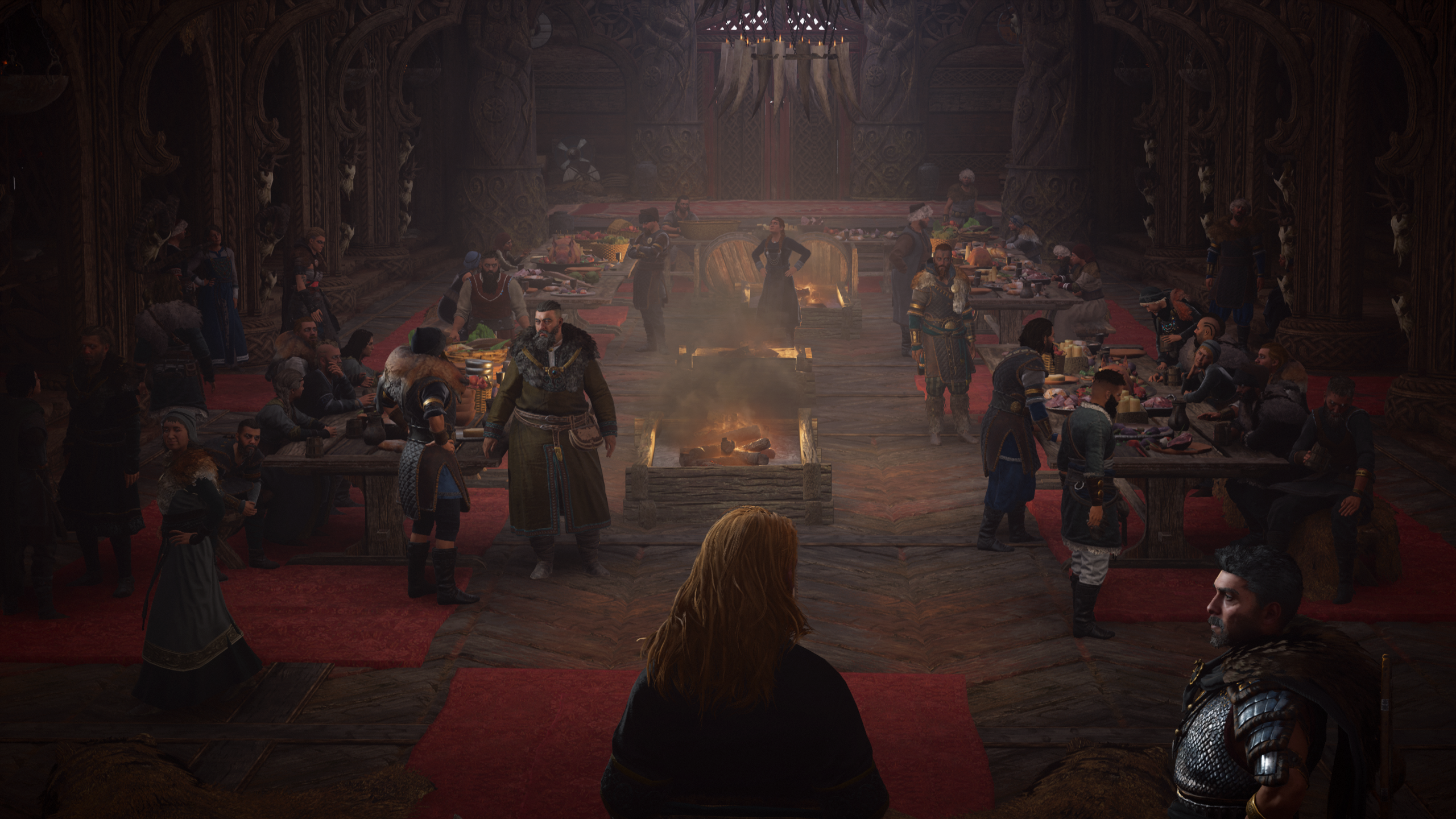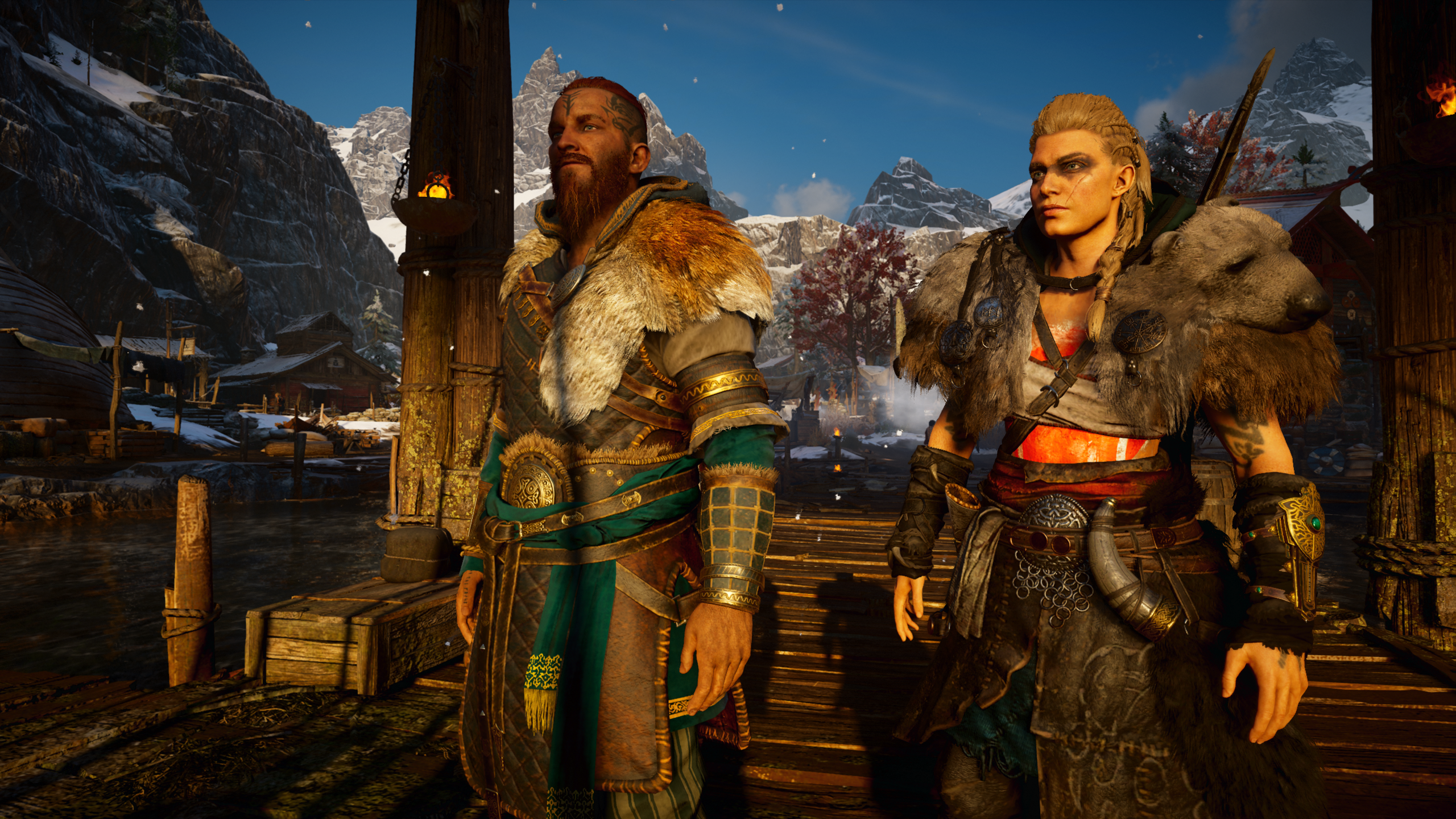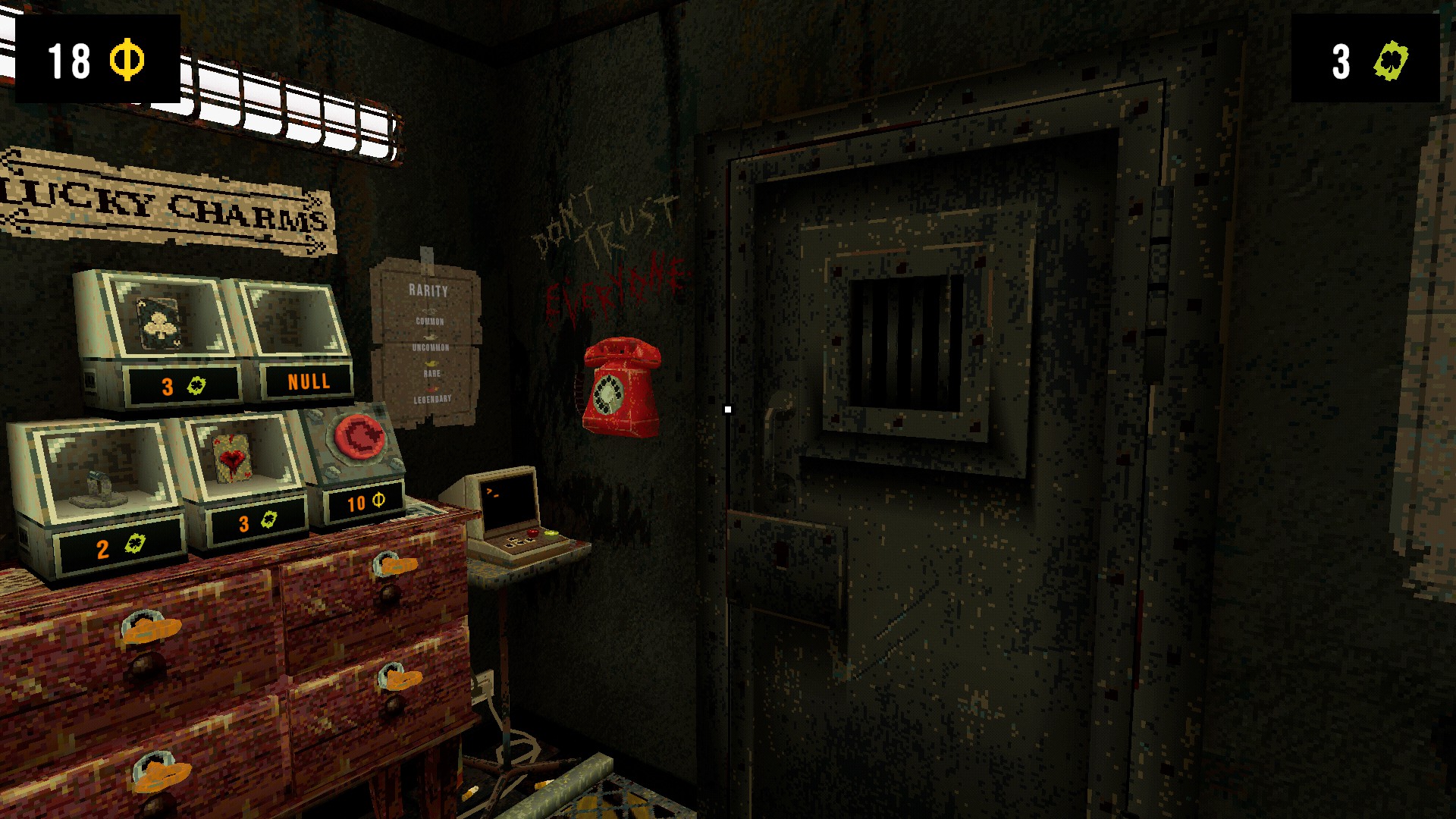
The Viking Age has seen a major revival in popular culture over the course of the past decade. The wave of interest began with games like Skyrim that were mostly based on flashy, inaccurate stereotypes like horned helmets and frothing warriors driven only by insatiable battle-lust. History's period drama Vikings, which premiered in 2013, started to steer the ship of public consciousness toward the actual sagas and historical sources that predated these stock characters, featuring adaptations of real events and people that demonstrated Vikings were, at the end of the day, regular folks who wanted love, wealth, and recognition more than simply a chance to bury an axe in some poor Saxon's skull.
Assassin's Creed Valhalla clearly owes a lot to the show’s depiction of the era. If you asked someone who hadn't studied medieval Northern Europe to name just one famous Viking before Travis Fimmel brought the legendary Ragnarr Lodbrok to our screens, they would probably have had a hard time. Now, names like Ragnarr, Lagertha, Ubbe, and Rollo are recognizable to many. When an early quest in Valhalla mentions negotiating an alliance with the Sons of Ragnarr, fans of the show will instantly have some idea of who they're dealing with.
Both Vikings and Assassin's Creed Valhalla present a moody, stylized vision of the era. They shave the sides of their heads and braid whatever hair is left. They often wear rugged, primitive-looking garb with lots of jagged leather and bristly fur, proving we haven't fully gotten away from the image of the Viking warrior as a bestial northern barbarian. Historically, a Norseman's battle kit in this era wouldn't be nearly as dramatic or embellished, usually consisting of a chainmail shirt and a steel nasal helm with some padding underneath and a lightly decorated tunic over the top. They were practical, not ostentatious.
Both adaptations also indulge in the idea of Vikings as superlative warriors, a narrative likely inspired by their literate enemies trying to save face by playing up the outlanders' prowess and ferocity. If you got your ass kicked and your wallet stolen in a bar fight, you'd probably want to make the guy who did it seem really big and scary, right? The monks of Lindisfarne did just that. Dr. Jackson Crawford, an Old Norse specialist from the University of Colorado, points out that the Viking Age Norse were "Fighters All, Soldiers Few". The average Norwegian adult was more likely to have a basic competence in warfare than a random Saxon farmer from the same time period. With a more decentralized society and a much smaller population, this was almost essential in Scandinavia. But the elite, highly-trained specialists of each culture were probably not so different in their fighting ability. Much of the Vikings' success was really owed to things the Hidden Ones of Assassin's Creed know well: speed, stealth, and technology. In this case, that technical edge came mostly from ingenious breakthroughs in ship building.
There are many other visual similarities between the game and the show, such as the tendency to present interiors in an authentic, dusky gloom. I’ve had the chance to stand in a replica of a Viking long hall, and one thing that stood out immediately is that it's fairly dark inside, even during daylight hours. The massive hearth fires that provided warmth only give so much illumination, and very little natural light gets in since any gap in the structure will allow that precious heat to escape. Even the great hall of a powerful chieftain in the middle of a feast, like those depicted in Valhalla’s opening moments and Vikings' first episode, wasn’t likely to be lit anywhere near as brightly as a modern building.
Maybe the most notable and delightful commonality between these two sprawling sagas, though, is the music. Both feature the sounds of Norwegian New Folk group Wardruna, the forerunners of a movement to create authentic Scandinavian music for the modern age. Many lyrics and most of the melodies that would have been enjoyed in the Viking Age have since been lost to us, sadly, so Wardruna, and bands inspired by them like Danheim and Heilung, are creating new music with recreations of traditional instruments of the time, and lyrics that evoke the legends and lore that have survived.
Wardruna founder Einar Selvik's deep, resounding tones underscore moments of battle in Vikings and Valhalla. Vocalist Lindy Fay Hella cries out across the game's freezing fjords as you scale a sheer mountaintop to sync a high point, just as she lends her unmistakable keening to some of the show's most emotional beats. This melodic connection, more than anything, unifies the mood and feeling of these historically-inspired works so strongly that they sometimes seem like they might exist in the same universe.
Keep up to date with the most important stories and the best deals, as picked by the PC Gamer team.
The characters in each also break down certain staid Viking stereotypes in similar ways. The signature V in the title card for Vikings was described in an interview with EW as showing the duality of Norse life during this era. One side is a blade, to represent war. The other is made of various symbols of domestic life. When Eivor isn't decapitating bandits and looting monasteries, she spends time chatting up the denizens of Ravensthorpe, sprucing up their accommodations, and playing games of wit and skill. Like Vikings did for Ragnarr, Valhalla goes out of its way to show that Eivor and her crew are not merely killing machines. Warfare is a way of life, but it's not all there is to life. After all, what are you fighting for if there isn't a warm hall, good friends, and a full horn of mead to come back to after a raid?
Both still take major liberties with history, of course. Especially in later seasons, or later in Valhalla's story, things go from strongly inspired by real events to merely paying loose homage to them. The desire to embellish, dramatize, remix, and mythologize are clear and, perhaps, understandable for what are ultimately big budget entertainment products, not learning tools. But the little nods of authenticity are appreciated. Valhalla at least never strays into the extremely bizarre time-bending that Vikings does: Ragnarr and Rollo are presented as being brothers and contemporaries, when in reality, Ragnarr's fabled exploits predated Rollo by so much that he could have been his grandfather. Though it does let you hang out in Asgard.
If you’re interested in learning more actual Viking history from real experts, packaged up nicely for beginners, Dr. Kenneth Harl's lecture series "The Vikings" and Dr. Jackson Crawford's YouTube channel are great places to start.
Len Hafer is a freelancer and lifelong PC gamer with a specialty in strategy, RPGs, horror, and survival games. A chance encounter with Warcraft 2: Tides of Darkness changed her life forever. Today, her favorites include the grand strategy games from Paradox Interactive like Crusader Kings and Europa Universalis, and thought-provoking, story-rich RPGs like Persona 5 and Disco Elysium. She also loves history, hiking in the mountains of Colorado, and heavy metal music.



